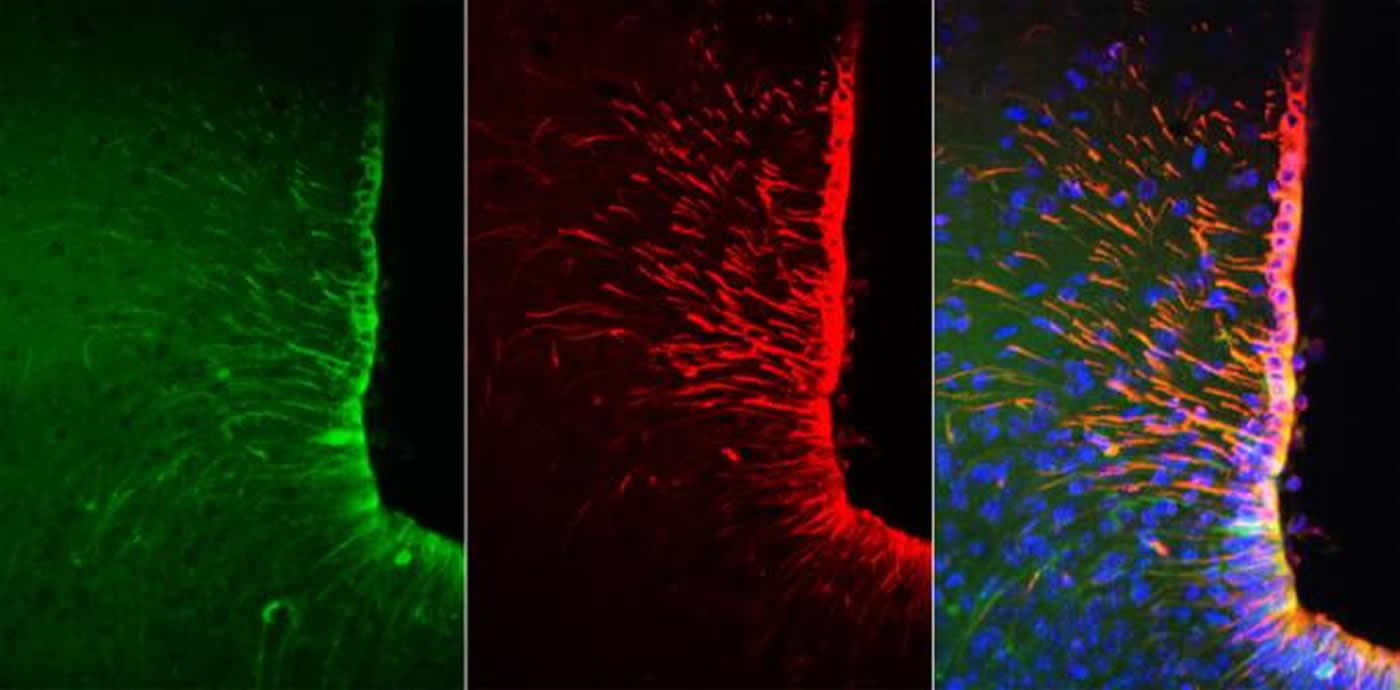In the brain, tanycytes communicate with neurons pertaining to food intake. These glial cells have been associated with the same area of the brain that regulates energy levels and identifies nutrients in foods consumed.
In a new study, published in the peer-reviewed journal PNAS, a team of researchers at the University of Warwick uncovered the active role tanycytes plays in acute hyperphagia.
“Tanycytes are nutrient-sensing cells that line the third ventricle within the hypothalamus. The role of tanycytes in the regulation of food intake has not been documented,” the co-authors explained in their findings.
“Indeed, the mechanistic link between nutrient concentrations in the CSF and activation of neurons responsible for the regulation of food intake, such as orexigenic or anorexigenic cells, is not yet clear.”
In the study, tanycytes were selectively expressed to a light-sensitive ion channel, triggering activation along with additional activation of nearby neurons. During this process, tanycytes were said to turn on two distinct pathways associated with appetite.
One of the pathways was linked to an increased drive to feed, while the other had a contrasting outcome.
“Tanycytes respond to nutrients that signal the effect of feeling full, so we’d expect that when tanycytes are stimulated you would eat less, but surprisingly we found that you actually eat more,” said Nicholas Dale, co-author of the study.
“We have established a link between tanycytes and food intake, but we still don’t completely understand how they will contribute to the control of body weight in the longer term.”
The new findings may be useful for further research targeting therapeutic intervention requiring reduced or increased food intake, like eating disorders, for example.
“Our discovery has added an unexpected new player into this neural circuit. Our important finding is that tanycytes have an active role in increasing appetite. In the future, these cells could become potential targets to reduce or increase food intake for therapeutic purposes.”


